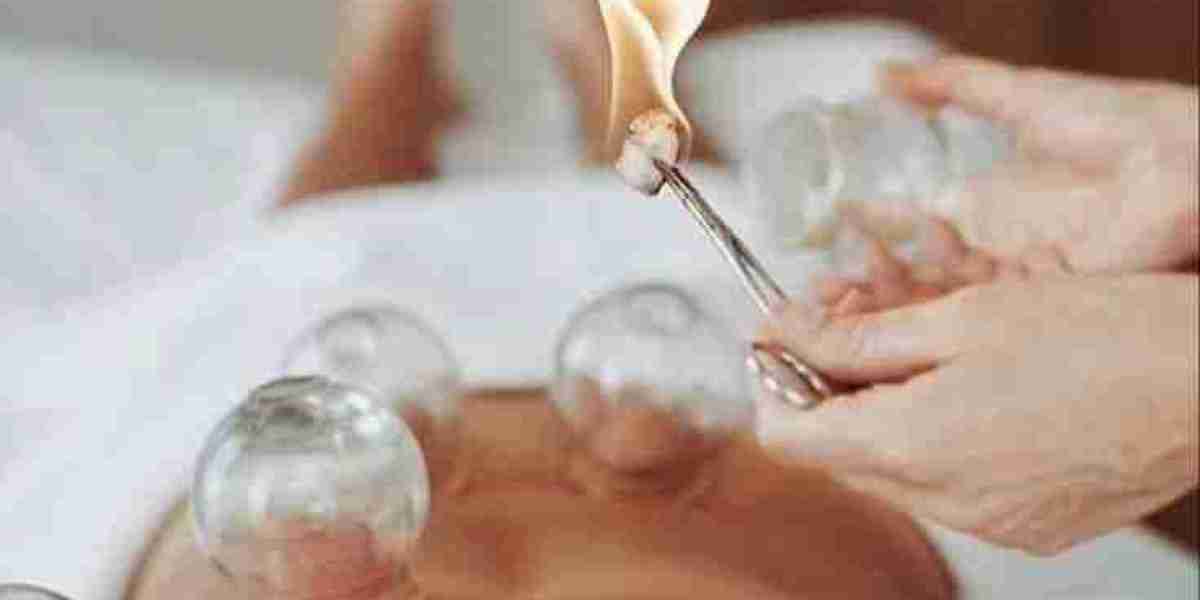Ever wonder why some items in your home seem to stay fresher and drier than others? Or why do certain fabrics wick away sweat better, leaving you feeling comfortable even on a hot day? The answer lies in the power of quick absorbent materials. These innovative materials have revolutionized the way we manage moisture and odor in daily life, providing comfort, cleanliness, and confidence. From activewear to household products, quick absorbent materials play a significant role in keeping us fresh and odor-free.
Understanding Quick Absorbent Materials
Quick absorbent materials are engineered to swiftly capture and hold moisture, ensuring surfaces remain dry and fresh. Designed with porous structures or capillaries, these materials draw in moisture and often disperse it for faster evaporation. Common in fabrics and hygiene products, they keep you comfortable and odor-free by limiting moisture exposure. Their versatility makes them essential in everything from daily wear to specialized care products. Understanding their function can help you choose the best options for personal comfort and hygiene.
The Science Behind Moisture Absorption and Odor Control
The core of moisture absorption and odor control lies in a material’s ability to wick moisture away before it can foster bacterial growth, which causes odor. Quick absorbent materials use capillary action or hydrophilic fibers that absorb moisture quickly, reducing the damp environment in which bacteria thrive. Some are even treated with antimicrobial agents, adding an extra layer of odor prevention. This scientific approach enhances comfort and freshness, making these materials ideal for personal and household products. By eliminating moisture, they stop odor before it starts.
How Quick Absorbent Materials Prevent Odor Formation
Quick absorbent materials work by absorbing sweat and other fluids before they allow bacteria to form, effectively preventing odor. Odor-causing bacteria need moisture to multiply, so when these materials absorb moisture quickly, they break the cycle of odor formation. Some materials also feature antimicrobial treatments that directly target bacteria. This dual function makes them popular in clothing, athletic wear, and bedding, where odor control is essential. They provide a fresher, cleaner experience in products you use every day.
Benefits of Using Quick Absorbent Materials in Daily Life
Using quick absorbent materials offers comfort, hygiene, and product longevity, especially in daily life applications. By managing moisture, these materials keep clothing, shoes, and bedding dry, helping you feel fresh throughout the day. They also protect against odor, making them invaluable in products like workout gear or footwear. Quick absorbent materials are also low-maintenance and easy to clean, adding convenience to their list of benefits. Soft and natural panty liners make them a smart choice for anyone looking to enhance their day-to-day comfort.
Quick Absorbent Materials in Personal Care Products
Personal care products like diapers, sanitary pads, and adult incontinence products depend heavily on quick absorbent materials to keep users dry and comfortable. These materials have the ability to absorb and lock away significant amounts of moisture, reducing the risk of irritation and discomfort. Many personal care products also incorporate odor control, using materials that both absorb moisture and neutralize bacteria. This combination is crucial for comfort, especially for products worn close to the skin. The materials offer a clean, fresh experience essential to personal care.
Role of Quick Absorbent Materials in Sports and Outdoor Gear
Quick absorbent materials are essential in sports and outdoor gear, where moisture management directly impacts performance and comfort. In activewear, these materials wick sweat away from the skin, keeping athletes cool and reducing friction. In footwear, they help prevent odor and keep feet dry even during high-intensity activities. Outdoor gear like tents and sleeping bags also benefit from these materials, maintaining dryness in damp conditions. Quick absorbent technology enhances performance and comfort in challenging environments, making it a staple in outdoor adventures.
Eco-Friendly Quick Absorbent Materials: A Sustainable Choice
Eco-friendly quick absorbent materials are rising in popularity as more consumers seek sustainable options for moisture management. Fabrics made from bamboo, organic cotton, or recycled synthetics offer the same moisture-wicking capabilities with a lower environmental impact. Many companies also use bio-based polymers that are biodegradable, reducing waste in disposable products like diapers. These eco-friendly options cater to environmentally conscious consumers who value sustainability in personal and household products. This shift supports both comfort and conservation goals.
Choosing the Right Quick Absorbent Material for Your Needs
Choosing the right quick absorbent material depends on your specific needs, such as comfort, durability, or environmental impact. For athletic use, synthetic fibers like polyester offer excellent moisture-wicking and quick-drying properties, while organic materials might be preferred for home textiles and baby products. If sustainability is important, look for eco-friendly options like bamboo or recycled fabrics. Each type has unique strengths, so understanding your priorities helps you find the perfect fit. Tailoring your choice to your lifestyle can maximize the benefits.
Conclusion
Understanding how quick absorbent materials help control moisture and odor opens up a world of convenience and comfort. Whether you’re selecting sportswear, home products, or healthcare supplies, these materials make life easier by managing moisture effectively, preventing odor, and extending product life. As advancements continue, we’re likely to see even more sustainable and high-performance absorbent materials that cater to everyday needs.







